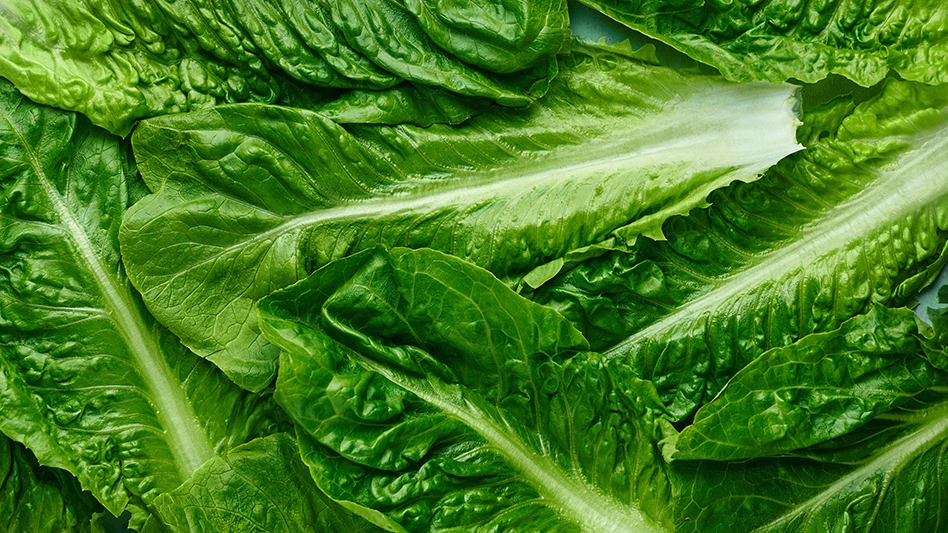
Hygienically designed tools are easier to clean, more durable, and less likely to facilitate cross-contamination than standard cleaning or material handling tools. Amit Kheradia, education and technical support manager at Remco Products, gives the ins and outs of how they can increase food safety.
1. Why is it important that a tool be hygienically designed?
Hygienic tools lack the crevices and nooks that standard tools have that can allow bacteria to hide. Unhygienic tools may also harbor allergens and foreign bodies. Hygienically designed tools have smooth surfaces and angles, eliminating or reducing these danger areas and making the tools easier to clean.
2 . What are the hallmarks of hygienically designed tools?
These are generally defined in 3-A and EHEDG Industry-standard guidelines. Some of the characteristics of hygienically designed tools that set them apart from conventional tools are as follows:
- Smooth surfaces.
- Non-toxic, non-absorbent, corrosion- or wear-resistant under conditions of use.
- Appropriate FDA and/or USDA-compliant materials.
- Rounded corners.
- Self-draining surface.
- No crevices or gaps where contaminants may get lodged during use.
3. How frequently should cleaning tools be cleaned?
The frequency of the cleaning of tools is normally a risk-based decision. Food contact tools are often cleaned after each use, while others may be cleaned weekly. Hygienically designed tools can go longer between cleanings.
As a rule of thumb, tools for handling moist products are cleaned more frequently than tools for handling dry powders. Processing facilities that have environments with high contamination loads must clean tools more often.
4. How should hygienic cleaning tools be stored?
Tools should be stored in a clean, dry area off the floor, and without touching one another. Brooms should be stored with their bristles facing the ground. It is always better to have a dedicated area where tools are stored and maintained as a group. For instance, tools used on processing equipment must be stored on a separate station, away from floor tools.
5 . How does color-coding interconnect with hygienic design?
Color-coding complements the benefits of hygienically designed tools. Color-coding tools acts as a visual cue for identifying different tools, such as in a primary pathogen control area like a ready-to-eat packing and handling room.
In terms of hygiene, this is a high-risk/high-care zone. Tools used on product contact surfaces should be of a different color, and stored and identified separately from, say, brooms used for sweeping floors.

Explore the March 2019 Issue
Check out more from this issue and find your next story to read.
Latest from Quality Assurance & Food Safety
- Penn State Offers Short Course on Food Safety and Sanitation for Manufacturers
- USDA Announces New Presidential Appointments
- FDA to Phase Out Petroleum-Based Synthetic Dyes in Food
- IFT DC Section to Host Food Policy Event Featuring FDA, USDA Leaders
- CSQ Invites Public Comments on Improved Cannabis Safety, Quality Standards
- Registration Open for IAFNS’ Fifth Annual Summer Science Symposium
- Leaked White House Budget Draft Proposes Shifting Inspection Responsibilities from FDA to States
- Chlorine Dioxide: Reset the Pathogenic Environment





